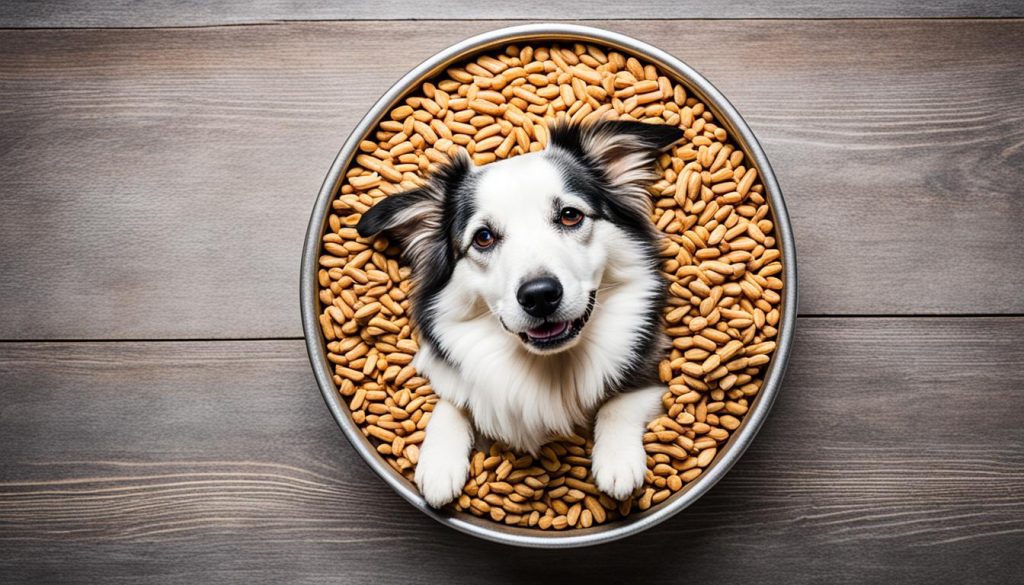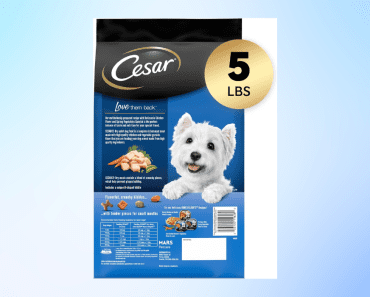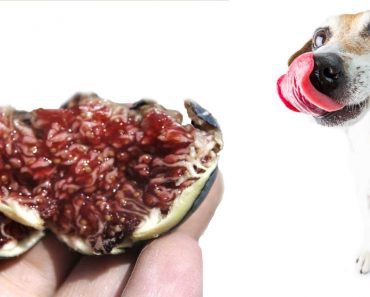As a dog owner, I’m always looking for ways to provide my furry friend with a healthy and balanced diet. Recently, I’ve come across the question: Can dogs eat farro? This ancient grain has gained popularity for its nutritional value and lack of genetic modification. But is it safe for our canine companions? Let’s take a closer look at farro and its potential benefits for dogs.
Can Dogs Eat Farro? Yes, they can. It is safe in moderation.
- Farro can be a nutritious addition to a dog’s diet, but dogs with grain allergies or gluten intolerance should avoid it.
- Consult with a vet before introducing farro into your dog’s diet, especially if they have any underlying health conditions or dietary restrictions.
- Farro is high in fiber, protein, and essential minerals, which can support digestion, provide energy, and strengthen the immune system.
- Cook farro before feeding it to dogs to aid digestion, and monitor for any signs of allergies or adverse reactions.
- Farro should be part of a balanced diet, alongside high-quality, balanced dog foods.
Is Farro Safe for Dogs to Eat?
Farro is generally considered safe for dogs to eat, as long as they don’t have allergies or intolerances to grains. However, it is important to consult with a vet before introducing farro into your dog’s diet, especially if they have any underlying health conditions or dietary restrictions.
Some dogs may experience gastrointestinal issues or allergic reactions when consuming farro, so it is important to observe their reaction and adjust their diet accordingly. Vets and dog professionals recommend prioritizing high-quality, balanced dog foods that provide all the necessary nutrients for optimal health.

- Consult with a veterinarian – Before adding farro to your dog’s diet, it is essential to seek professional advice. Veterinarians can assess your dog’s individual needs and make appropriate recommendations that align with their health condition and dietary requirements.
- Observe your dog’s reaction – As with any new food, it’s important to monitor your dog’s reaction to farro. Watch for any signs of gastrointestinal distress, such as vomiting or diarrhea, as well as any allergic reactions like itching or swelling. If your dog experiences any negative effects, discontinue feeding them farro immediately.
- Adjust the diet accordingly – If your dog tolerates farro well and enjoys it, you can incorporate it into their diet in moderation. However, it should not replace a balanced and complete dog food. Farro should only be a supplemental addition to ensure that your dog receives all the necessary nutrients from other sources.
By following these guidelines and prioritizing your dog’s well-being, you can safely introduce farro into their diet if it is suitable for them. Remember that dog nutrition and food safety are crucial for maintaining their overall health and happiness.
The Health Benefits of Farro for Dogs
Farro offers several health benefits for dogs.
- It is a good source of fiber, which promotes healthy digestion and helps regulate blood sugar levels.
- The high protein content in farro supports muscle development, provides energy, and aids in proper oxygen flow throughout the body.
- Additionally, farro contains essential minerals such as iron and magnesium, which contribute to overall body function and can boost the immune system.
- The presence of antioxidants in farro helps combat free radicals and reduces the risk of disease.
Incorporating farro into a dog’s diet in moderation can contribute to their overall wellbeing.
Considerations for Feeding Farro to Dogs
While farro can be beneficial for many dogs, it’s important to keep a few considerations in mind when including this grain in their diet. Firstly, it’s crucial to determine whether your dog has grain allergies or gluten intolerance. If this is the case, farro should be avoided due to its gluten content.
Additionally, it is recommended to cook farro before feeding it to dogs. Raw farro can be difficult for dogs to digest and may lead to gastrointestinal issues. So, by cooking the farro, you can make it easier for your furry friend’s stomach to handle.
It’s also essential to closely monitor your dog’s health and look out for any signs of allergies or adverse reactions to farro. Pay attention to changes in their behavior, digestion, or skin condition. If any negative effects are observed, discontinue the use of farro in their diet.
Lastly, it’s worth noting that while farro can be a nutritious addition to a dog’s diet, it should not be the sole source of nutrition. Dogs require a well-balanced diet consisting of various nutrients, and farro should be included as part of this overall dietary plan.
By considering these factors and ensuring your dog’s specific needs are met, you can safely incorporate farro into their diet and provide them with a healthy and well-rounded nutrition.

Conclusion
Farro can be a valuable addition to your dog’s diet, providing they do not have grain allergies or gluten intolerance. Its numerous health benefits, including its high fiber content for digestion, protein for energy, and essential minerals for overall body function, make it a nutritious choice. However, it is crucial to consult with a veterinarian before introducing farro or any new food into your dog’s diet.
Monitoring your dog’s reaction to farro is essential, and any adverse effects should be addressed promptly by adjusting their diet accordingly. While farro can contribute to a healthy diet, it should not be the sole source of nutrition. Prioritizing high-quality, balanced dog foods that offer a complete range of essential nutrients is crucial for your furry friend’s well-being.
Remember to always consider your dog’s individual needs and consult with a professional to ensure they receive the best possible nutrition. By making informed choices about your dog’s diet, you can help them maintain a healthy and happy life.






